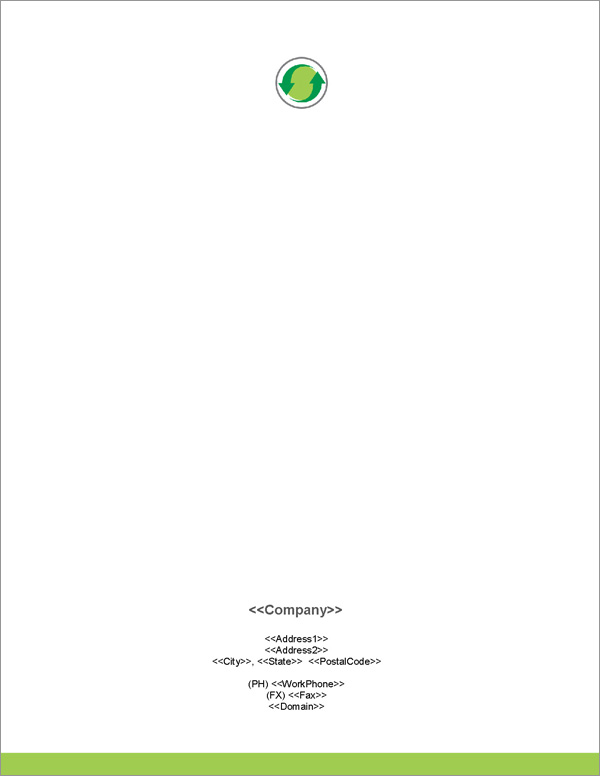

- CHANGE PAGE LAYOUT IN WORD FOR JUST ONE PAGE HOW TO
- CHANGE PAGE LAYOUT IN WORD FOR JUST ONE PAGE MANUAL
Open a new Word document (or the template if you want to set this up in your template). Step 1: Set up alignment tabs for the headers and footers I might see if I can tweak the macro to do that-if so, I’ll write it up as a separate blog post. Note: If you use borderless tables for your headers and footers, this macro will still work, but you’ll have to manually turn off the Link to Previous options for the landscape page’s headers and footers and also for the following portrait page. Alignment tabs are much better than inserting tabs yourself as they automatically adjust if you change the page layout. I recorded a macro that does just that, but it relies on headers and footers being laid out using the alignment tabs, not borderless tables. Change the name according to your requirements.A client wanted an easy way for her staff to insert a landscape page into a report without messing up the headers and footers. Also, I’ve placed my custom CSS into a new file in the child theme folder called “three-column-css”. Genesis allows us to use a filter to modify the page layout, so use the statement that fits your needs. To solve this problem in the most efficient manner, we’re going to do two things programmatically:įor this, we’ll use the post “slug” to tell WordPress which posts need to have the new layout. The “Right” Way to Change the Layout and Insert CSS Otherwise you’re setting yourself up for errors down the line that are hard to track. Remember, our job is to find a solution that minimizes headaches in the future and forestalls future problems.Īll CSS and JS should be enqueued using the proper WordPress hooks. So you include your CSS in a box like this so that it’ll only be loaded for that page, and no other.īut because it’s included like this, it hasn’t been “enqueued” in a formal way, so any tool that relies on these hooks for processing your CSS will fail. These settings are below the text editor, along with the page change layout option. So you might be tempted to include the extra CSS on the page settings like this: There’s no need for useless CSS to be added to all posts. So you’ll most probably want to add new CSS for the extra sidebars as well.īut this extra CSS is needed only for those particular pages. If you’ve customized your theme at all, you’ve probably messed around with the sidebar CSS to get the exact look that’s right for your site. The second problem has to do with styling. If you want to revert your changes at a later date, there’s no single listing of all the pages with a unique layout. For example, over a period of time you’ll start to have dozens of pages with a custom layout, and there’s no easy way to tell which ones have been changed. So why not use this instead? Two reasons.įirst, it’s not easy to keep track of which pages have a specific layout. By choosing an option that is different from the default, I can have multiple pages with different layouts. This deals with the placement of the sidebar, and whether or not I want one or two of them, and on which side. For example, here I can choose from 4 different layouts: Many themes like Genesis allow you to select the layout of the page while creating the post. Disadvantage of Manually Changing the Layout CHANGE PAGE LAYOUT IN WORD FOR JUST ONE PAGE MANUAL
This has some advantages over manual page layout changes on a case by case basis.
CHANGE PAGE LAYOUT IN WORD FOR JUST ONE PAGE HOW TO
In this tutorial, I’m going to show you how to change the layout for WordPress pages programmatically. For example, you might want to experiment with a new sidebar for certain pages only. Not all page layouts are appropriate for all situations. Some pages are “information only”, yet others play a key role in the decision process. A WordPress blog can consist of a large variety of topics.





 0 kommentar(er)
0 kommentar(er)
